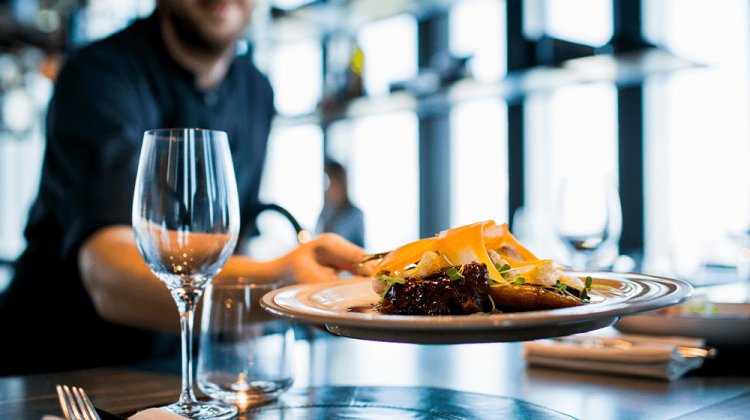The Hidden Risks of Eating Outside
The Hidden Risks of Eating Outside: Concerns about improper food handling, storage, and hygiene practices, which can lead to foodborne illnesses.

Dining away? Lunch on the move, at the office cafeteria, or from a vending machine? How often do you dine "outside the home"?
In the past decade, we have increasingly eaten away from home. Traditional home-cooked meals served at the dining table are in danger of becoming extinct. Eating "out of the home" is on the rise across all age groups, with adolescents being the most likely to do so.
Multiple factors have contributed to our dining out more frequently. These include the increased variety and availability of food and food establishments, the decline in culinary skills, the modification of working hours and practices, and the rise in the number of working mothers.
But is dining away from home so terrible? It's wonderful to have access to such a wide variety of foods, and it's particularly wonderful to have the option of dining out occasionally.
Sadly, for many individuals today, it is not just an occasional occurrence.
And this can be problematic.

The Hidden Risks of Eating Outside
A newly published systematic review looking at studies into eating out of the home has found that eating out of the home was significantly associated with an overall higher total calorie and fat intake. In addition, consuming away from home was associated with a lower micronutrient intake, particularly vitamin C, calcium, and iron. It appears that the more you "buy out," the more likely you are to consume a diet that is high in calories and fat but low in nutrients.
So what are some of the issues with eating “out of the home”? See The Hidden Risks of Eating Outside.
- Often these meals can be fast food choices which are high in fat and calories
- Portion sizes tend to be much greater than the ones served at home
- There is no control over cooking methods or added ingredients, such as fat or salt
- People are more likely to let their guard down and choose “unhealthy” foods as eating out is seen as a “treat”
- There is more of a chance of eating extras such as entrees and desserts
- If alcohol is taken with a meal, this may encourage us to eat more
- Some foods or drinks contain hidden calories for example high calorie syrups in coffees or fatty dressings in sandwiches or salads
- Pre-prepared meals are likely to have lost some of their vitamins
- Vegetable portions may be small or non existent
If you frequently dine away from home, it may be prudent to reduce the number of times per week that you do so. Try to take a packed lunch instead of falling into the trap of purchasing out. If you are in a situation where eating out is unavoidable, be mindful of what you order and the size of your portions.
Who knows, you might even save money while improving your health!
Also read: Is Cycling Good for Weight Loss?














